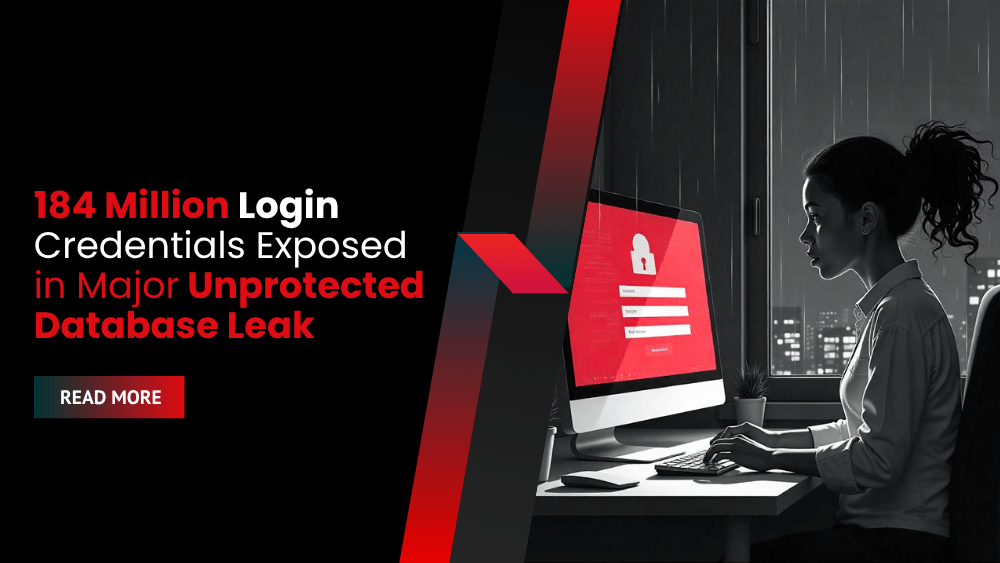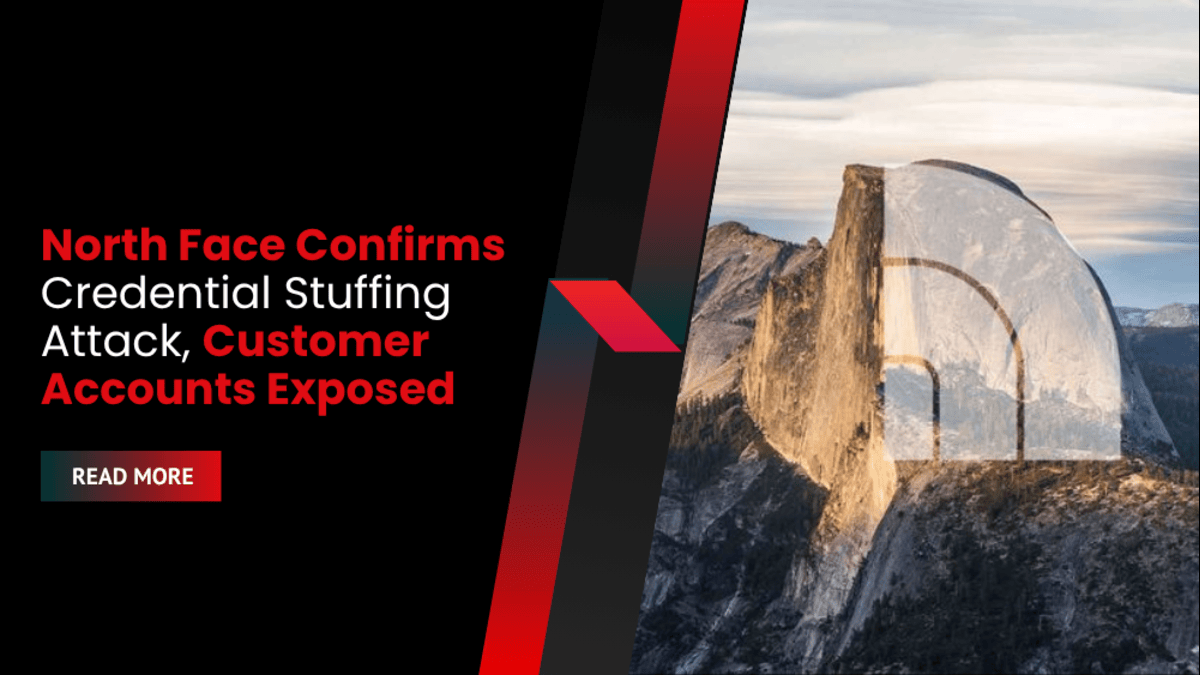A massive unprotected database containing more than 184 million login credentials was recently discovered by cybersecurity researcher Jeremiah Fowler. The exposed records, stored in plain text, included user account details from major platforms such as Google, Microsoft, Apple, Facebook, and Snapchat, as well as sensitive access to banking, medical, and government services. The discovery has once again highlighted the persistent risk of data breaches caused by unsecured digital assets and poor cybersecurity hygiene.
“The file included hundreds of millions of unique records containing user credentials linked to the world’s largest technology and communication platforms,” Fowler reported.
The Discovery: A Plain Text File with No Protection
The dataset, containing 184,162,718 account credentials, was publicly accessible online without any encryption or authentication. Anyone with the link could open it in a web browser—no login, no credentials, and no software exploit needed. It was simply there, exposed.
Fowler discovered the file during routine scanning of publicly exposed digital assets. Alongside major tech logins, the database also included credentials related to:
- Government portals
- Financial institutions
- Healthcare platforms
The sheer scale and nature of the exposure suggest the data was likely harvested using infostealers—malicious tools designed to silently collect passwords and login details from compromised devices.
Source and Verification of the Exposed Data
While the precise source of the data remains unknown, Fowler suspects the records were collected through malware installed on user devices. Infostealers typically operate undetected, collecting login credentials that are later sold on dark web markets or used for targeted attacks.
The hosting provider removed the file after Fowler reported it, but it did not identify the uploader or confirm whether the database had been unintentionally made public. Fowler’s attempts to trace its origin were unsuccessful.
To confirm the authenticity of the data, Fowler contacted some individuals listed in the records. Several confirmed the information was accurate, suggesting these were not outdated or test accounts—but live credentials still in use.
“These were live credentials that could allow anyone to hijack personal accounts in seconds,” Fowler confirmed.
Why This Breach Matters
This incident exemplifies the systemic weakness in how credentials are stored and handled. Storing sensitive data in plain text and without any form of access control is a fundamental security failure. In an era dominated by AI-powered cybersecurity threats, credential-based attacks remain one of the easiest and most damaging methods for cybercriminals to exploit.
With no password protection, no encryption, and no sign-in required, the exposed file acted as an open door for identity theft, account takeovers, and large-scale fraud. Such failures present a direct threat not only to individual users but to enterprise environments where reused or compromised passwords can lead to network infiltration.
What Businesses and Users Can Do After a Credential-Based Data Breach
1. Reset Passwords on All Platforms
Reusing passwords across multiple platforms increases exposure. After a breach, every affected account must have its password changed. Avoid recycled variations and use a password manager to create strong, unique credentials.
2. Enable Multi-Factor Authentication (MFA)
Two-factor authentication offers a second layer of defense even when passwords are compromised. It is essential on all accounts that store sensitive data.
3. Monitor for Suspicious Activity
Unusual logins, password reset prompts, and strange messages may indicate unauthorized access. Most platforms allow users to review session histories and active device logins.
4. Use a Data Removal Service
These services scan data broker sites and the dark web for exposed personal information and help remove it. This proactive step is especially useful in the wake of mass credential leaks.
5. Avoid Phishing Scams
Cybercriminals often use exposed data to craft convincing phishing emails. Users should avoid clicking unknown links or downloading attachments, even if the sender seems familiar.
6. Keep All Devices Updated
Many breaches happen through known vulnerabilities. Keeping operating systems, apps, and security tools updated helps block exploitation of these weak points.
A Warning for the Digital Age
This breach is another stark reminder that user credential security is still one of the weakest links in modern digital infrastructure. Despite advancements in Cybersecurity AI, incidents like this show that basic protections—such as encryption and access controls—are still overlooked.
The careless exposure of nearly 200 million credentials, some belonging to financial and government platforms, underscores how easily threat actors can bypass defenses if data is left unsecured. As long as credentials remain poorly protected, the rise in AI cyber attacks, malware infections, and data breaches will continue to put organizations and individuals at risk.









